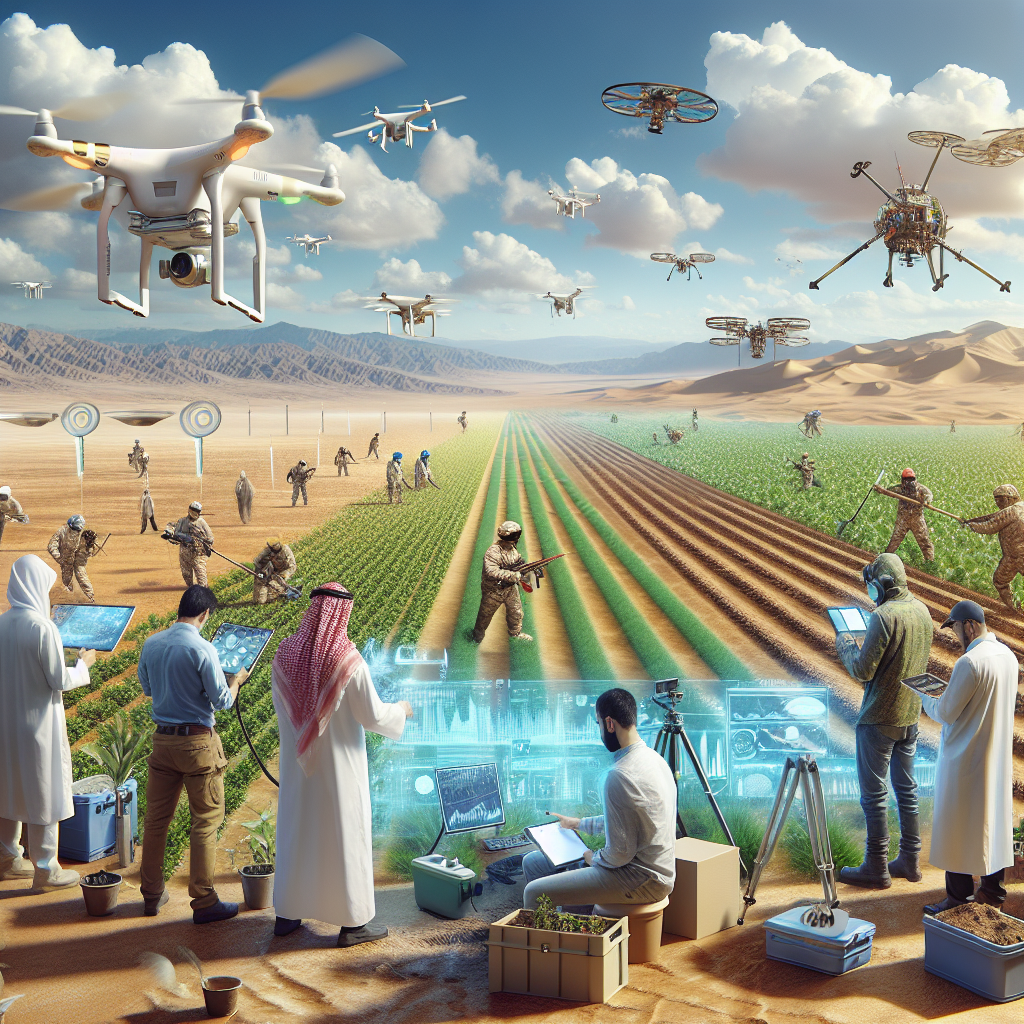Harnessing Innovation to Combat Desertification in Northwest China
Desertification has long plagued China’s arid northwestern regions, threatening ecosystems, agriculture, and human livelihoods. For decades, local populations have confronted this environmental challenge using traditional tools and age-old techniques. One of the most iconic of these methods involved manually pressing straw into the sand in checkerboard patterns to keep the wind from whipping the grit into destructive sandstorms.
However, the fight against desertification has taken a transformative leap forward in recent years. Today, a mix of modern technologies, biotechnology, and sustainable practices are powering large-scale land reclamation projects that are turning barren wastelands into fertile landscapes.
The Legacy of Traditional Desert Control Methods
For much of the 20th century, desert control in places like the Tengger and Taklamakan Deserts relied on grassroots labor and patience. Communities laid down square-shaped straw mats, forming grids to hold back the creeping sands. Though labor-intensive and slow, these efforts were vital in stabilizing dunes and preventing further desert expansion.
But as desertification accelerated due to climate change, population growth, and unsustainable land use, it became clear that traditional methods—while effective on a small scale—were insufficient for the monumental challenge ahead.
Modern Solutions: Biotechnology and Mechanization
Today’s fight against desertification harnesses the power of science and efficiency. Biotechnological advancements are enabling researchers to grow resilient plant species that can thrive in arid soils. These hardy plants not only stabilize the soil but also enrich it, creating microhabitats for other forms of vegetation.
Mechanized tools now replace manual labor for tasks such as grid-making, seeding, and watering, drastically accelerating desert reclamation projects. Specialized machinery digs trenches, plants seedlings, and installs irrigation lines much faster than human workers could manage. This mechanization has been a game-changer for vast tracts of desert land.
Recycled Materials: A Sustainable Twist
Sustainability is another pillar of China’s modern desert control strategy. Recycled materials, such as reused plastics and agricultural byproducts, are used for grid construction and soil enhancement. These eco-friendly materials not only help reduce waste but also stand up better to extreme weather conditions, extending the lifespan of anti-desertification measures.
Notable Success Stories in Northwest China
Several environmental projects in provinces such as Ningxia, Inner Mongolia, and Gansu have demonstrated the value of this scientific and sustainable approach. In many regions:
- Vegetation coverage has dramatically increased, helping reduce local temperatures and improve air quality.
- Previously uninhabitable zones now support crop cultivation and even pasturelands for grazing.
- Bird and insect populations, once driven away by desert encroachment, are beginning to return.
These positive outcomes underscore how the combination of traditional wisdom and modern technology creates powerful synergies in the fight to reclaim land.
Community Involvement: A Crucial Component
Despite high-tech solutions, local communities still play a critical role. Residents are engaged in planting and maintaining vegetation, monitoring forest health, and learning sustainable farming practices. Education and training initiatives also empower local youth to become the next generation of environmental stewards.
The Global Implication of China’s Anti-Desertification Model
China’s model offers valuable lessons for other countries facing similar challenges. The key takeaways include:
- Integrating traditional practices with modern science to design scalable solutions.
- Prioritizing sustainability by reusing materials and enhancing soil biodiversity.
- Engaging local populations to ensure the long-term success of ecological efforts.
By integrating grassroots participation with high-tech interventions, China is not just halting desertification but also transforming some of the harshest terrains into thriving ecosystems.
Moving Forward: The Green Horizon
As climate impacts persist globally, the urgency of tackling land degradation grows even more critical. China’s journey from straw grids to biotech soils serves as an inspiring testament to human resilience and innovation.
The shift from a labor-centric to a technology-driven approach doesn’t just reclaim land—it revitalizes lives, enriches communities, and provides a blueprint for a greener, more sustainable future.
Through continuous innovation and committed collaboration, the once-barren northwestern lands of China are slowly blossoming into fertile, life-filled regions once more—proof that even the harshest deserts can bloom again.



Leave a Reply